Dmitry Korzun
Objective Features Extracted from Motor Activity Time Series for Food Addiction Analysis Using Machine Learning
Aug 31, 2024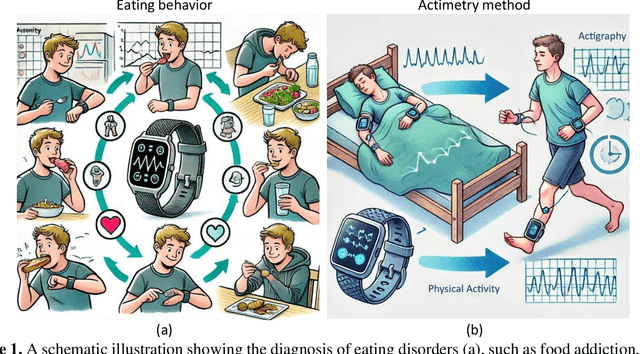

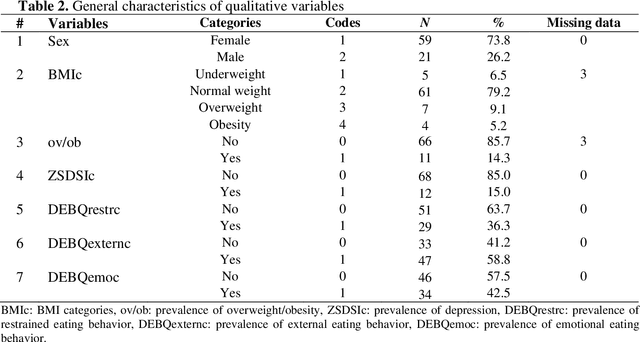
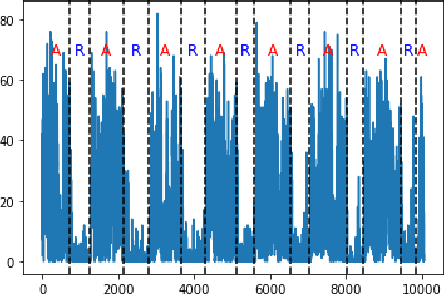
Abstract:This study investigates machine learning algorithms to identify objective features for diagnosing food addiction (FA) and assessing confirmed symptoms (SC). Data were collected from 81 participants (mean age: 21.5 years, range: 18-61 years, women: 77.8%) whose FA and SC were measured using the Yale Food Addiction Scale (YFAS). Participants provided demographic and anthropometric data, completed the YFAS, the Zung Self-Rating Depression Scale, and the Dutch Eating Behavior Questionnaire, and wore an actimeter on the non-dominant wrist for a week to record motor activity. Analysis of the actimetric data identified significant statistical and entropy-based features that accurately predicted FA and SC using ML. The Matthews correlation coefficient (MCC) was the primary metric. Activity-related features were more effective for FA prediction (MCC=0.88) than rest-related features (MCC=0.68). For SC, activity segments yielded MCC=0.47, rest segments MCC=0.38, and their combination MCC=0.51. Significant correlations were also found between actimetric features related to FA, emotional, and restrained eating behaviors, supporting the model's validity. Our results support the concept of a human bionic suite composed of IoT devices and ML sensors, which implements health digital assistance with real-time monitoring and analysis of physiological indicators related to FA and SC.
Entropy-based machine learning model for diagnosis and monitoring of Parkinson's Disease in smart IoT environment
Aug 28, 2023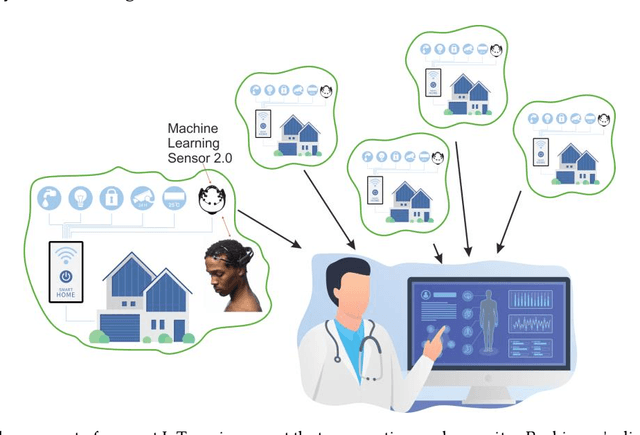
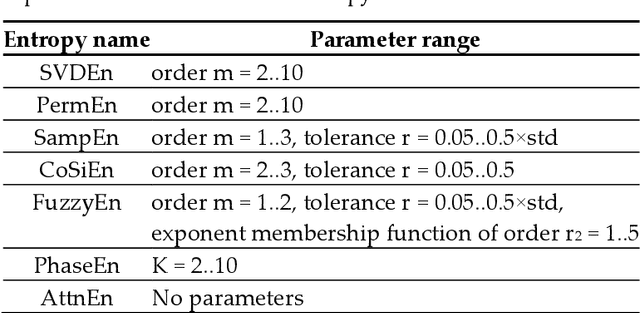
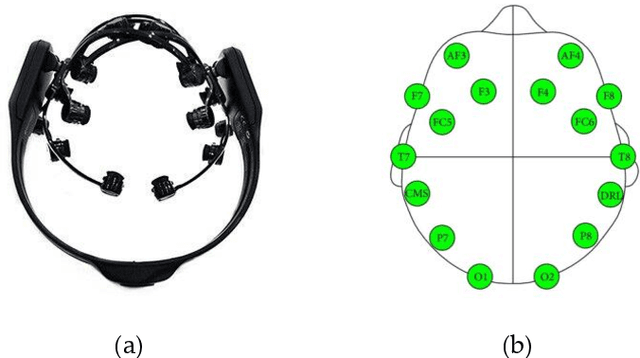
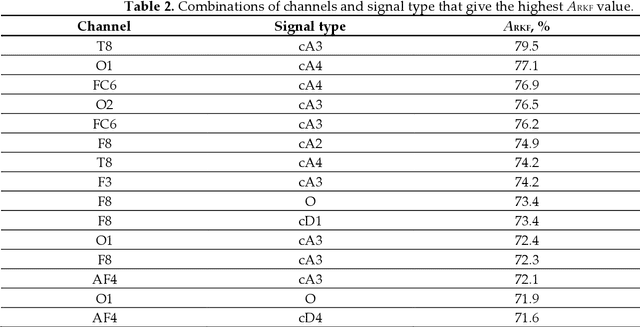
Abstract:The study presents the concept of a computationally efficient machine learning (ML) model for diagnosing and monitoring Parkinson's disease (PD) in an Internet of Things (IoT) environment using rest-state EEG signals (rs-EEG). We computed different types of entropy from EEG signals and found that Fuzzy Entropy performed the best in diagnosing and monitoring PD using rs-EEG. We also investigated different combinations of signal frequency ranges and EEG channels to accurately diagnose PD. Finally, with a fewer number of features (11 features), we achieved a maximum classification accuracy (ARKF) of ~99.9%. The most prominent frequency range of EEG signals has been identified, and we have found that high classification accuracy depends on low-frequency signal components (0-4 Hz). Moreover, the most informative signals were mainly received from the right hemisphere of the head (F8, P8, T8, FC6). Furthermore, we assessed the accuracy of the diagnosis of PD using three different lengths of EEG data (150-1000 samples). Because the computational complexity is reduced by reducing the input data. As a result, we have achieved a maximum mean accuracy of 99.9% for a sample length (LEEG) of 1000 (~7.8 seconds), 98.2% with a LEEG of 800 (~6.2 seconds), and 79.3% for LEEG = 150 (~1.2 seconds). By reducing the number of features and segment lengths, the computational cost of classification can be reduced. Lower-performance smart ML sensors can be used in IoT environments for enhances human resilience to PD.
Machine Learning Sensors for Diagnosis of COVID-19 Disease Using Routine Blood Values for Internet of Things Application
Sep 08, 2022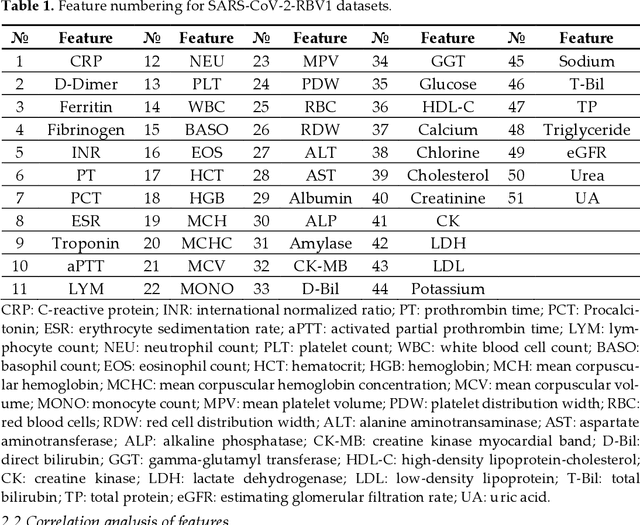
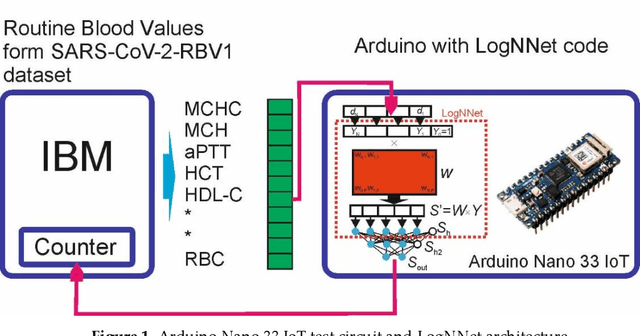
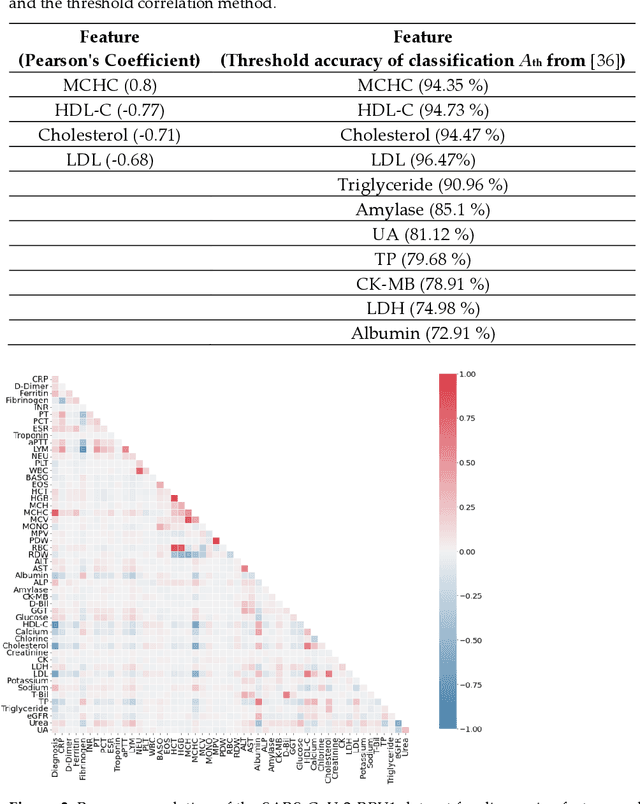
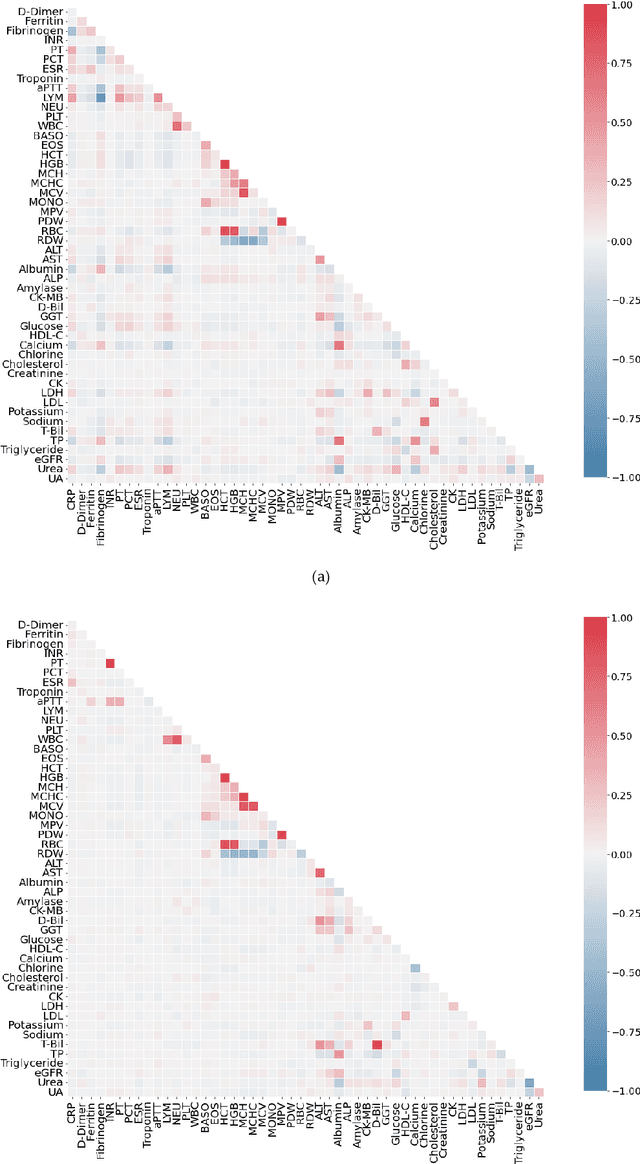
Abstract:Healthcare digitalization needs effective methods of human sensorics, when various parameters of the human body are instantly monitored in everyday life and connected to the Internet of Things (IoT). In particular, Machine Learning (ML) sensors for the prompt diagnosis of COVID-19 is an important case for IoT application in healthcare and Ambient Assistance Living (AAL). Determining the infected status of COVID-19 with various diagnostic tests and imaging results is costly and time-consuming. The aim of this study is to provide a fast, reliable and economical alternative tool for the diagnosis of COVID-19 based on the Routine Blood Values (RBV) values measured at admission. The dataset of the study consists of a total of 5296 patients with the same number of negative and positive COVID-19 test results and 51 routine blood values. In this study, 13 popular classifier machine learning models and LogNNet neural network model were exanimated. The most successful classifier model in terms of time and accuracy in the detection of the disease was the Histogram-based Gradient Boosting (HGB). The HGB classifier identified the 11 most important features (LDL, Cholesterol, HDL-C, MCHC, Triglyceride, Amylase, UA, LDH, CK-MB, ALP and MCH) to detect the disease with 100% accuracy, learning time 6.39 sec. In addition, the importance of single, double and triple combinations of these features in the diagnosis of the disease was discussed. We propose to use these 11 traits and their combinations as important biomarkers for ML sensors in diagnosis of the disease, supporting edge computing on Arduino and cloud IoT service.
 Add to Chrome
Add to Chrome Add to Firefox
Add to Firefox Add to Edge
Add to Edge